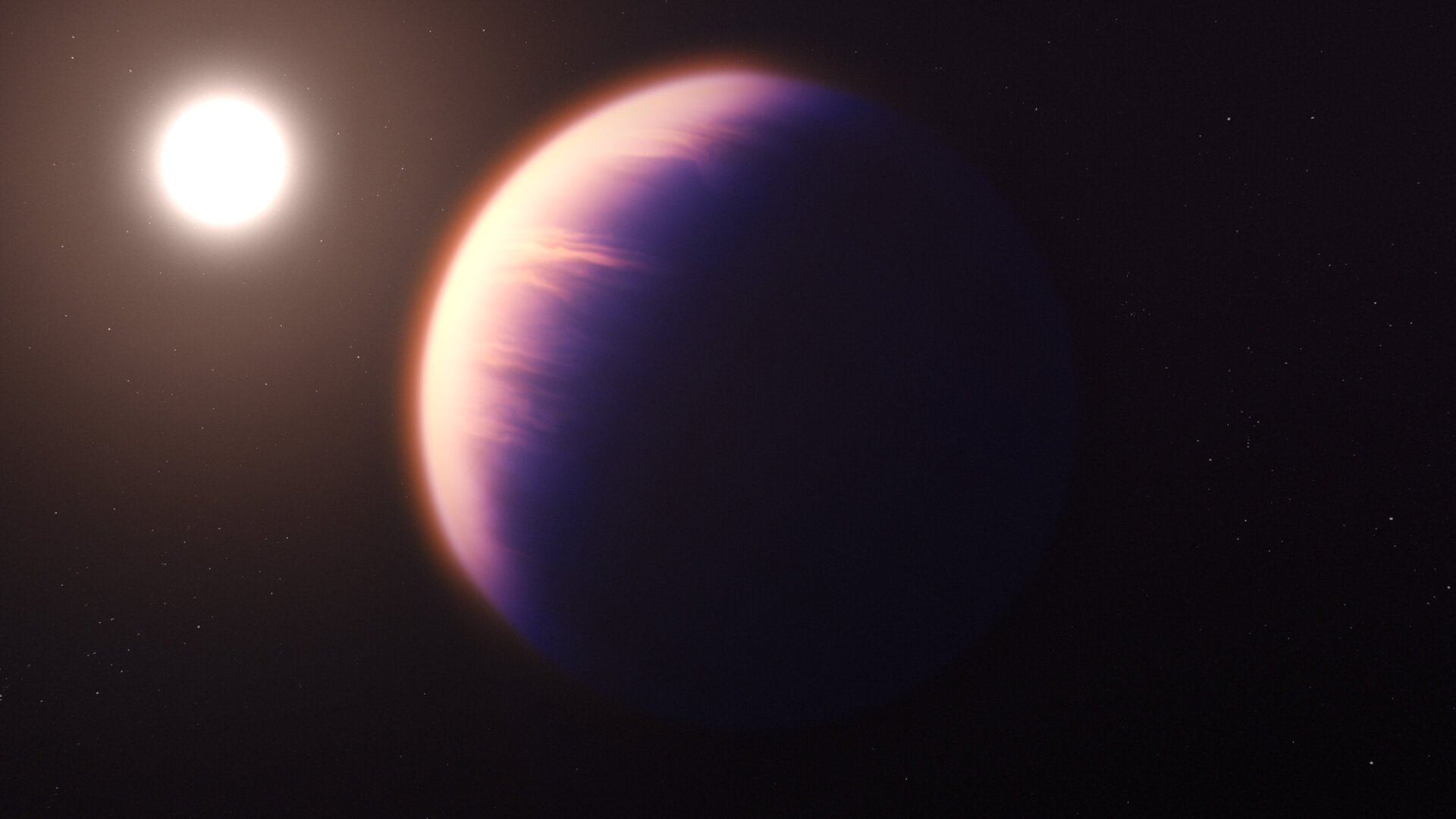These are a series of sections of the alternate solar system project I’ve been working on that I’ve scrapped or reworked for various reasons.
You can also find all the previous iterations of my “base document” on Google Docs here.
Older versions of my base document:
0.1: https://docs.google.com/document/d/19DClWcJ1qfRke3zoiWAibd2JdU5MmCjz4oaONXOllXs/edit
0.2: https://docs.google.com/document/d/1dlDCLbS86of_k05-KnMCYe4p27IeLbzPP8NiUD73cTc/edit
0.3: https://docs.google.com/document/d/1YGsWTln17xA1cgNcZu1DOkf9hUB5kv1n_tF-UAB4yVM/edit
0.4: https://docs.google.com/document/d/1DCuQcVvbdXgsDzu3FMi3BcML0-D_JypMhXlgkF07A7M/edit
0.5: https://docs.google.com/document/d/1Qnb4yb01OOw55Lbjgl_oTFHn152DPZZ0_ogf2_re5YU/edit
0.6: https://docs.google.com/document/d/1qCO8DXpnvyQimrC1Bp4s2HWI0he1eA4smHzovxoNHAk/edit
Revised Images
Mercury
Mercury, the first planet from the sun, is a gaseous world around 8 times Earth’s mass. Because Mercury was the first planet of this type, small gaseous planets like Mercury (and Bacchus, further from the sun) are called “Hermian worlds”, from the Roman god Mercury’s Greek counterpart.
A collision with another, smaller world has halted Mercury’s rotation, leaving one side to forever roast in perpetual daylight, and the other side to freeze in endless night. Though Mercury’s too hot for cloud formation, its upper atmosphere is stained with iodine gas, tinting it a brilliant violet.
As large as Mercury is now, there are signs it many have once been even greater in size. A third of the planet is made up of an unknown dense material-likely a mixture of minerals and metals. This is uncommon for a gaseous planet, but could have been the result of a once-thicker atmosphere being removed. The exact mechanism behind this is unclear, though; some have posited that millions of years being tidally locked to the Sun slowly stripping away the Mercurian atmosphere through the faint “tail” of gasses trailing behind the planet. Others have hypothesized Mercury lost much of its atmosphere through a close encounter with the sun; still others have suggested the collision that halted Mercury’s rotation was to blame, and a few even propose the planet that collided with Mercury is the core; that instead of the debris left after the collision flying into space, the dense material slowly accreted around Mercury’s core until the planet was significantly denser than before.
Since antiquity, Mercury has been visible to many peoples across the world. The Chinese knew the planet as 水星 (“shuǐ xīng”), which translates to “water star”, while the Norse named Mercury “Odin”, for the head of their pantheon-a deity of warfare and wisdom.
Mercury’s night side, from the Maia probe
(Credits: Artistic depiction of WASP-39 b, NASA,ESA,CSA, J.Olmsted)



